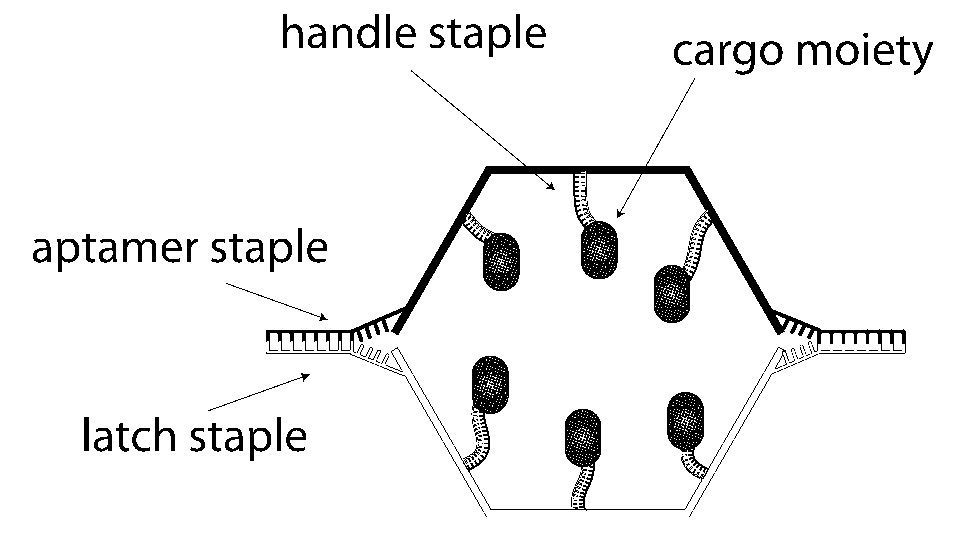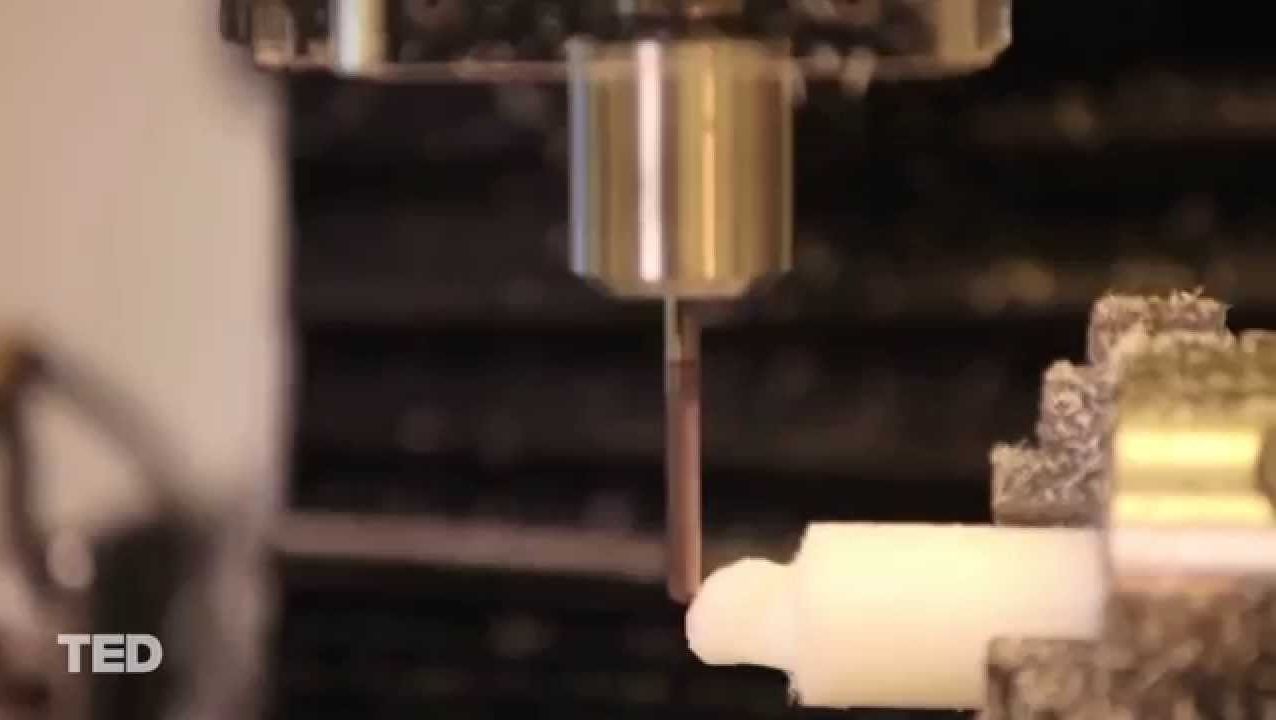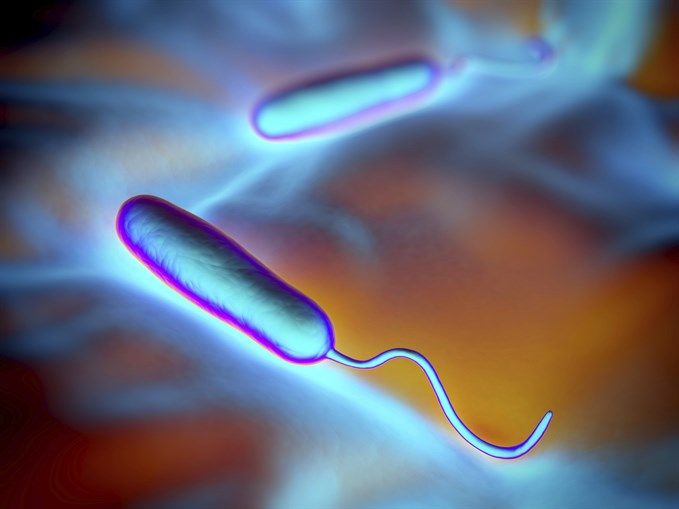Their DNA origami device comprises a scaffold strand and a plurality of staple strands, wherein:
Want to be IronMan, Captain America, Super Woman, X-Men Mutant, etc. Well, you maybe able to.
If watching “Captain America: Civil War” this weekend revives your childhood dreams of becoming a superhero, technology may be on your side to make it happen — but science is a little more discouraging.
A study of the embryonic nervous system of the fruit fly throws light on how two neuronal cell lineages that develop at different times and in different places in the ventral nerve cord of the embryo can ultimately result in very similar neuronal subtypes. The study, publishing in the Open Access journal PLOS Biology on 5th May, is a collaboration between research teams in Madrid (Spain) and Linköping (Sweden).
In the paper, Hugo Gabilondo, Johannes Stratmann and their colleagues report that a crucial terminal selector gene, col, is activated by different sets of spatio-temporal selector genes in the two different neuronal cell lineages. In dAp neurons, which are present throughout the thorax and abdominal segments, col is activated directly by the action of the early temporal genes Kruppel (Kr) and pdm, and the GATA transcription factor gene grain (grn). By contrast, in Tv1 neurons, which are specific to the thoracic segments, col is activated by the late temporal gene cas, together with several other genes that feed forward onto the terminal selector gene cascade downstream of col. The result is expression of the neuropeptide Nplp1 in both dAp and Tv1 neurons.
The developing nervous system generates many different neuronal cell types; understanding this process of cell fate specification remains a major challenge for biologists. Complex cascades of regulatory genes are known to be involved, starting with spatial and temporal selector genes and finishing with terminal selector genes, all of which act in various combinations to dictate the ultimate neuronal cell type. A particular neuronal cell type often arises in several parts of the nervous system and at different stages of development, however, suggesting that different spatio-temporal cues can converge on the same terminal selectors to generate a similar cell fate. This study reports evidence of this phenomenon in an example from the fruit fly, Drosophila melanogaster.
Nice
J.E. Moss Elementary School, a Title I school in Nashville, TN, has adopted an augmented reality program to help improve reading skills in one of its kindergarten classes.
Letters alive, a supplemental reading software kit from Alive Studios, has aided teacher Greg Smedley-Warren and boosted his kindergarten class’ literacy scores above all the other kindergarten classrooms in his school, according to a prepared statement. His class includes several ELL and “at risk” students.
“When I first saw Letters Alive I was in awe of the 3D technology and I knew I had to have it,” Smedley-Warren said in the statement. “If I was excited about it, I knew my students would love it.”
Using bacteria to aid in the design of superior biomedical implants capable of resisting colonization by infectious bugs.
Dr. Pushkar Lele, assistant professor in the Artie McFerrin Department of Chemical Engineering at Texas A&M University, is developing novel insights in cellular mechanics with bacteria to aid in the design of superior biomedical implants capable of resisting colonization by infectious bugs. Lele’s group also focuses on unraveling the fundamental principles underlying interactions in biological soft-matter to build bio-nanotechnology-based molecular machines. Lele’s lab currently focuses on a unique electric rotary device found in bacteria — the flagellar motor.
According to Lele, it is well established how motile bacteria employ flagellar motors to swim and respond to chemical stimulation. This allows bacteria to search for nutrients and evade harmful chemicals. However, in his recent work, Lele has now demonstrated that the motor is also sensitive to mechanical stimulation and identified the protein components responsible for the response. Sensing initiates a sensitive control of the assemblies of numerous proteins that combine to form the motor. Control over motor assemblies facilitates fine-tuning of cellular behavior and promotes chances of survival in a variety of environments.
“What is the sense of touch in a bacterium? It is likely that they employ appendages such as the flagella to detect solid substrates, analogous to our use of fingers,” Lele said. “How they recognize the substrate using the flagellum has been a long-standing question in biology with tremendous biomedical significance. Our findings have provided a handle on this important problem. We now know [how] the motor-components [are] involved in sensing the substrate [and] would like to know how these sensors trigger signaling networks that ultimately cause infections. “.
Science proving that Alpha males still capture their mates — glad to see how science has gone backwards.
Males who evolve in male-dominated populations become far better at securing females than those who grow up in monogamous populations, according to new research into the behaviour of fruit flies at the University of Sheffield.
The study, led by Dr Allan Debelle and Dr Rhonda Snook in the University’s Department of Animal and Plant Sciences, looked at the mating patterns of fruit flies after they evolved for 100 generations in either polyandrous populations (where several males have to compete for a single female) and monogamous populations (where each male has access to only one female).
The scientists discovered that males who evolved in polyandrous populations, where sexual competition was fierce, are much more likely to outcompete the other males and successfully mate, regardless of the population the female comes from.







